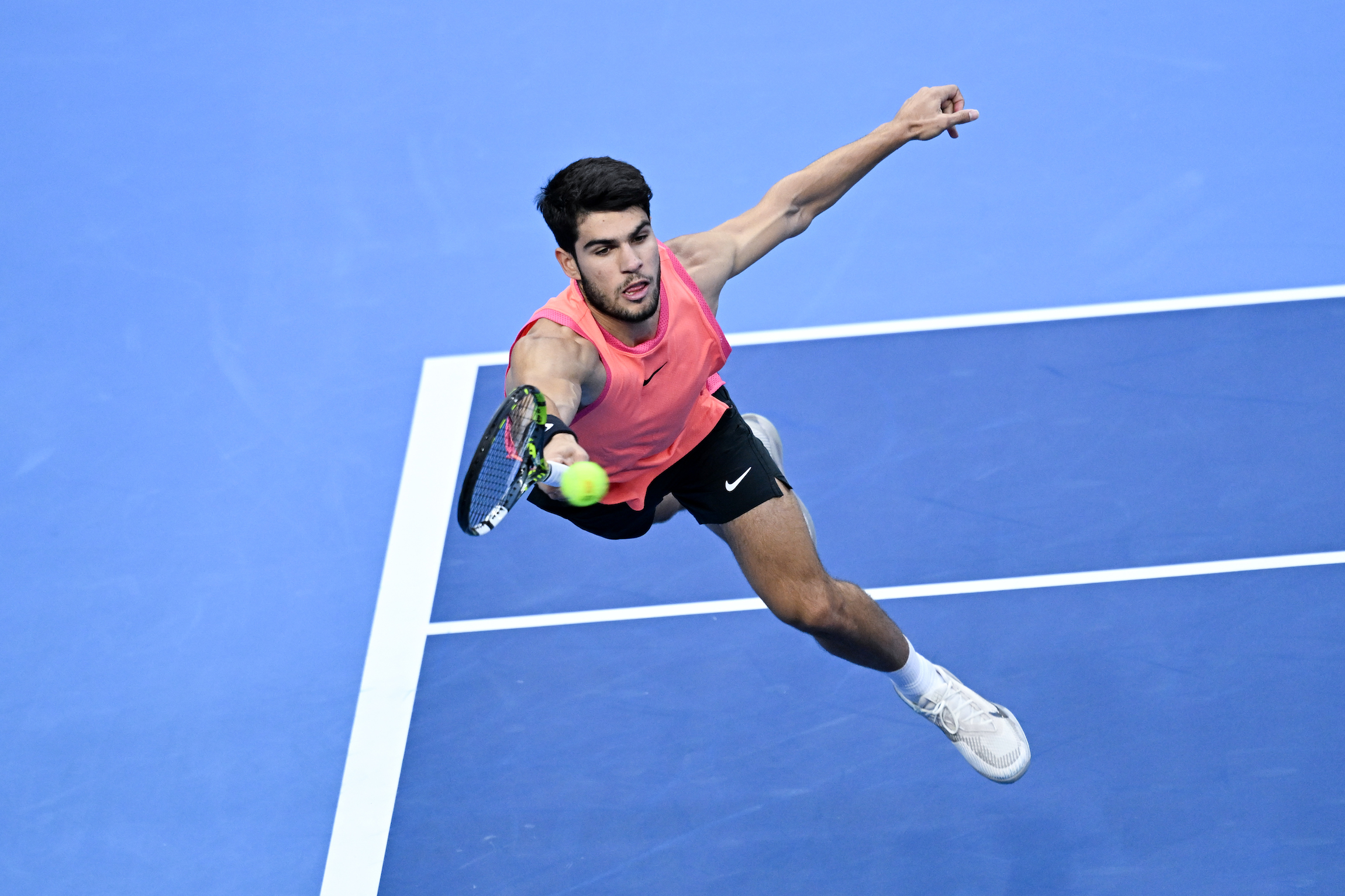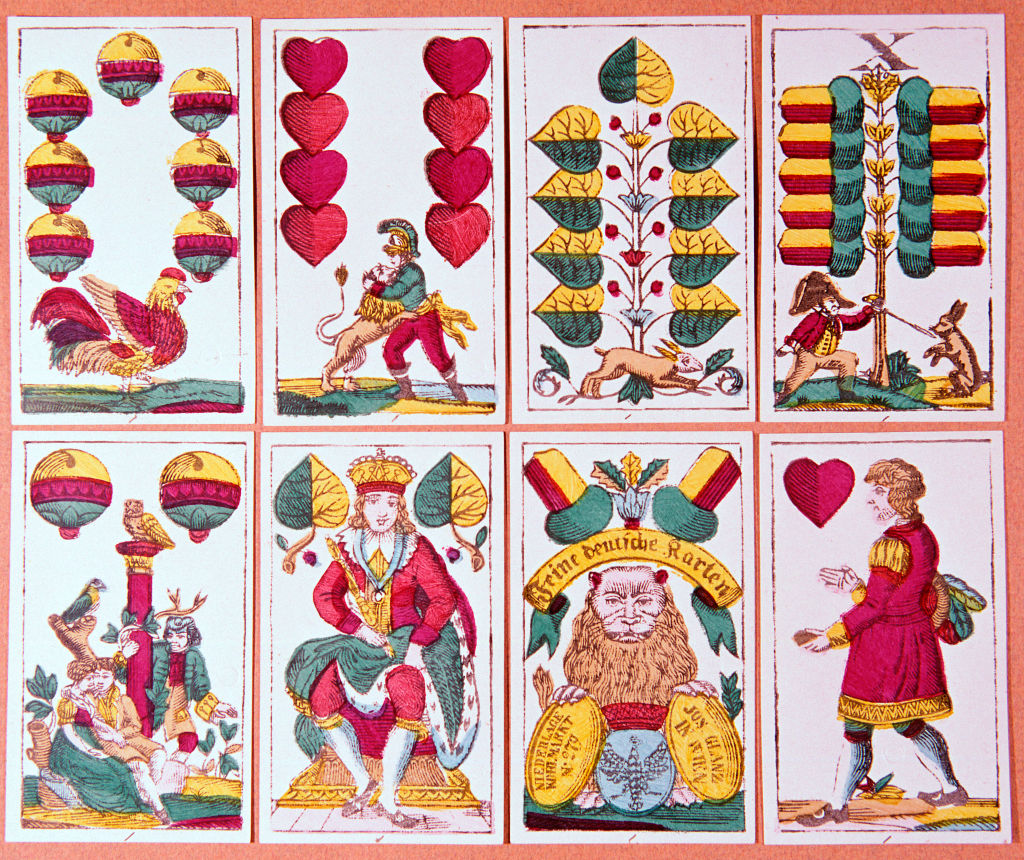In the China Open final, the best player in men's tennis faced the best player in men's tennis. It just depends on what you value.
Jannik Sinner leads according to the official tour rankings; Carlos Alcaraz leads according to a jury of his freaked-out peers. At the Laver Cup exhibition event in September, some of the best tennis players in the world spent an entire weekend in hushed awe of the 21-year-old Alcaraz, whose tennis, at its peak, looks totally peerless. Meanwhile, his closest rival Sinner has been on a season-long rampage despite internal turmoil. He won a fascinating U.S. Open immediately after news of his prior anti-doping rule violations went public. After months of private deliberation with a tribunal assembled by tennis's anti-doping authority, Sinner was stripped of points and prize money, and found to bear "no fault and negligence," clearing his plate—until midway through the China Open, when the World Anti-Doping Agency announced that it would appeal the previous decision. Sinner could now face a ban for one to two years.
When the top two seeds collided in Wednesday's final—just the second time they'd ever met in a title fight—the stakes felt unusually high for a 500-level tournament. Would these ungodly matchups be put on pause soon? Would Alcaraz miss sharpening his tennis against the one rival who can bring out his best? These were questions hanging over what turned out to be a classic, which Alcaraz won 6-7(6), 6-4, 7-6(3).
Sinner and Alcaraz are making the sport anew in their own image. Unlike their last choppy meeting in this year's Roland-Garros semifinal, which mostly showcased how uncomfortable they could make each other, this match contained all the aesthetically pleasing elements we've come to expect. The tactics were hyper-aggressive, with maybe two minutes of neutral rallying across the entire three-hour, 21-minute affair. Each player went bigger on every shot than he normally would, because he knew his opponent was utterly abnormal. The defensive court coverage was gummy and acrobatic. It was the sort of match that resists the conventional format of highlight reels; it should be experienced not as a few standout moments, but as an accumulation of absurdities that pummel the viewer into disbelief.
Both players were true to their overall on-court reputations. Sinner maintained a steady cruising altitude, a level of tennis thousands of miles above most opponents, if not this one. Alcaraz's level rose and dipped quite a bit over the course of the match. By dialing in for the tiebreak, Sinner won a first set in which Alcaraz had largely outplayed him. In the second set, Alcaraz spent 15 minutes trying to survive one service game, alternating between lunkheaded and magnificent plays, only to survive and steal away a set that seemed so perilous for him. In the final set, Sinner pushed him to the edge, but Alcaraz, as much as any player I've ever watched in the last decade, flourishes there. The edge clarifies his thinking and makes him commit to what he does best, instead of flailing between his many options.
That's my main takeaway from the 10th installment of Sincaraz. As sharp as the whole match was, that last stretch of Alcaraz in the deciding tiebreak is still ringing in my head. It's the most convincing evidence yet that he responds to scoreboard desperation with his most creative and daring tennis. Nobody's better when cornered in a deciding set. It wasn't always this way, of course. This is the same kid who went rigid with full-body anxiety cramps while playing Novak Djokovic at last year's French Open, because the moment overwhelmed him. Some 15 months later, such pressure seems to free up Alcaraz, to clear away the indecision and send him flying to the net with abandon.
Sinner, a recent master of the tiebreak format, appeared to be in full control of the third-set tiebreak that would determine the champion. He opened it up with a smooth serve-and-forehand combo, and sealed the next point with a fantastic drop shot that Alcaraz slid into so aggressively that it busted open his shoelaces—2-0. Alcaraz took a brief pit stop to swap into new kicks, reinstalling the orthotic inserts from the old pair, and after that strange interruption, he came back to serve. He delivered a second-serve meatball that Sinner smashed back at Alcaraz's feet—3-0. That's when it felt like the match was over. Sinner had won two points on return, and given how good he'd been at protecting his own serve all season, it seemed like enough cushion to take the match.
Cue the Alcaraz masterwork. He broke a neutral rally with a huge inside-in forehand, snuck into the court to cut off Sinner's hard-hit angled reply, and, standing near the service line, absorbed all the pace off the ball and turned it into a sneaky drop shot, finishing business with the next volley—1-3. Next was a odd, scrambling point: Alcaraz eventually tore open Sinner's baseline defense with a crosscourt forehand, then lured him back in along the full diagonal of the court with a drop volley, which Sinner somehow retrieved with a perfectly balanced slide. But Alcaraz, still vigilant, had the reflexes to tap it back into the court—2-3.
This is where the game plan seemed to clarify in his head. Alcaraz closes the net, whenever possible, even if that means plucking a volley from the tricky no-man's land in the middle of the court, because it keeps his momentum moving forward rather than backpedaling. He is talented enough to handle that temporary discomfort in service of the next easier volley into open space, with the best hands on tour. Alcaraz has a unique way of finishing points, snapping them to an abrupt conclusion where others would have been still toiling from the baseline, that distinguishes from everyone else, even Sinner. And it served him well here when the points could have gotten much hairier.
Alcaraz got an easy point on first serve, 3-3, changeover, and kept rolling from there. He said afterward that this was where he resolved to go big: "If I lose, at least I went for it." A comically audacious pair of volleys, one from deep in the court, and one up at the net—4-3. One inside-in winner from the baseline that bounded off the net cord and kept surging forward, off the court—5-3. One loose error from Sinner, the one mistake he made all tiebreak. Then Alcaraz won his seventh consecutive point by clobbering one last inside-out forehand. He screamed and head-banged at his team, his hair flopping up and down on his forehand. The prodigy who recently seemed overextended and mentally fried during the American hard-court season—his first racquet smash, early crash-outs in Cincinnati and the U.S. Open—looked fully renewed. Curiously, after the victory, Alcaraz said that he still considered Sinner "the best player in the world, at least for me." He was asked if he knew that Sinner had won 18 of his last 19 tiebreaks heading into the one that decided the match, and he did seem aware of his unlikely odds of recovering.
"Mentally, physically, he's a beast," Alcaraz said of his foe. Sinner's ascent, both mental and physical, actually began last year at this very tournament. In 2024, he established himself as the best. At 59-6, he is winding down one of the best seasons in tour history, in which he's won six titles, including his first two Grand Slams. Given his current lead in the points, Sinner will almost certainly end the year as the No. 1, and yet he's lost all three matches this year against his foremost rival. What's clear is that he and Alcaraz are two halves of the most reliably thrilling matchup in men's tennis. It's up to the powers that be to determine if those meetings are put on pause for a year or two. For now, the pals can still split a post-match flight to Shanghai.






